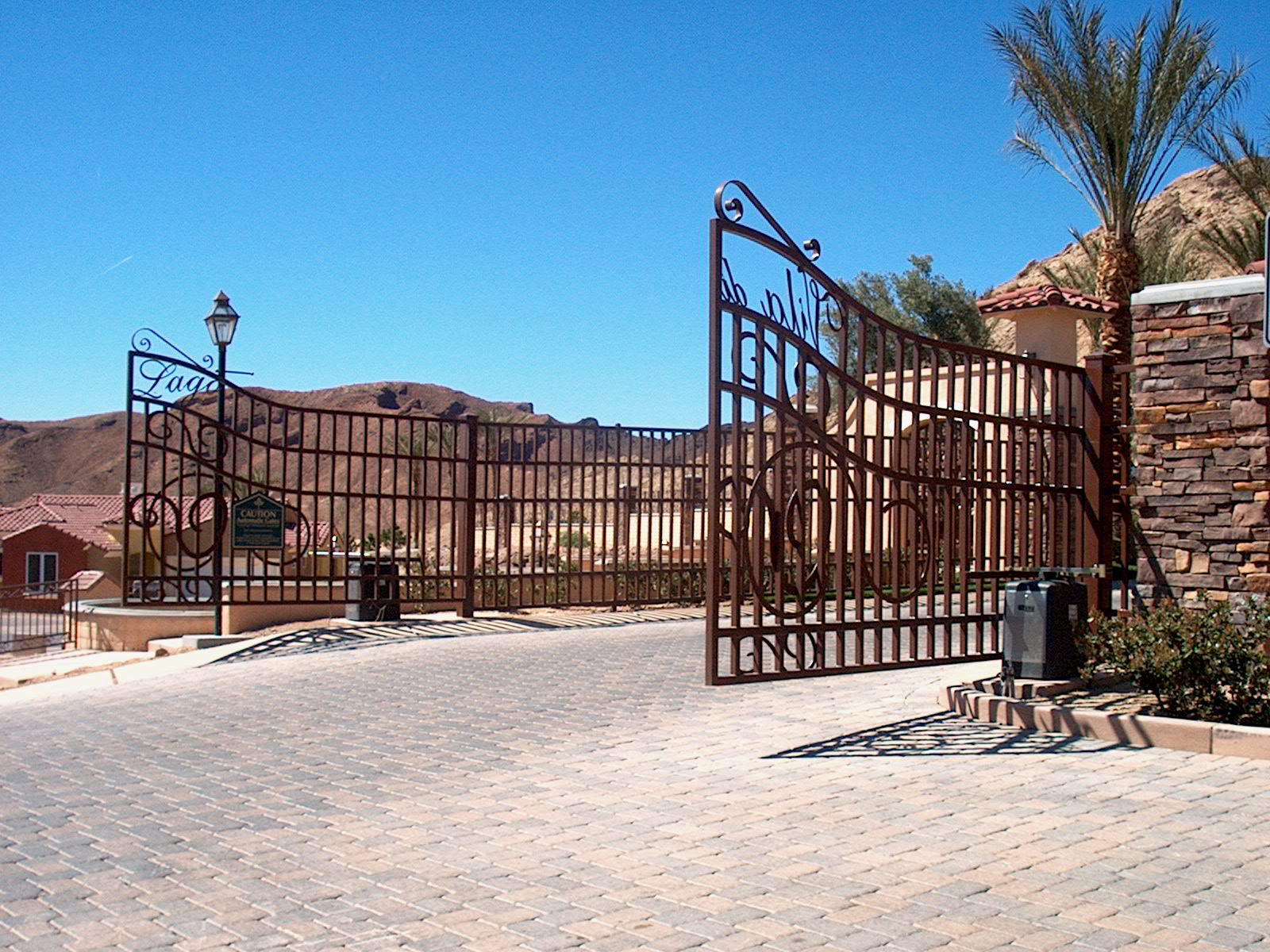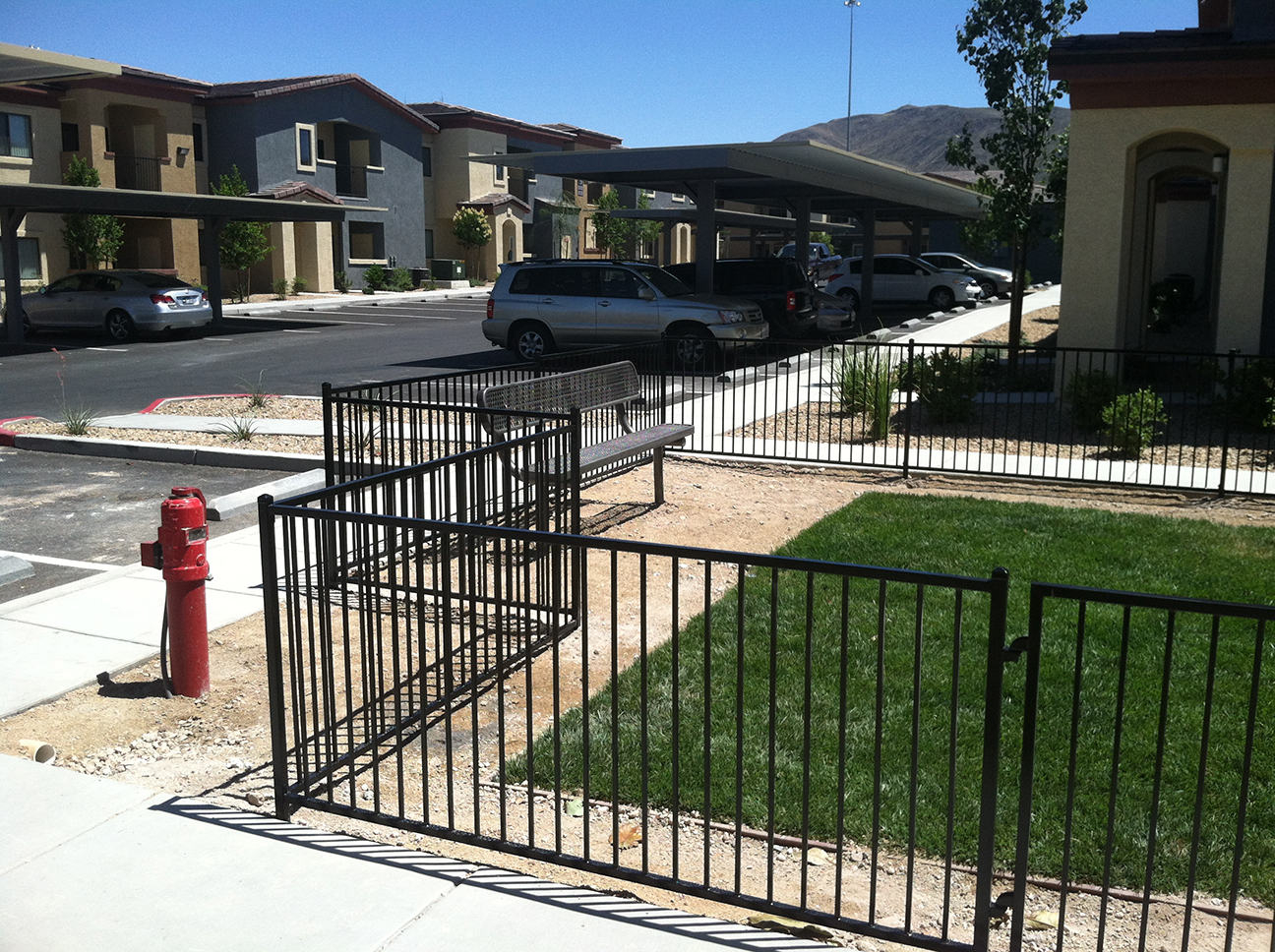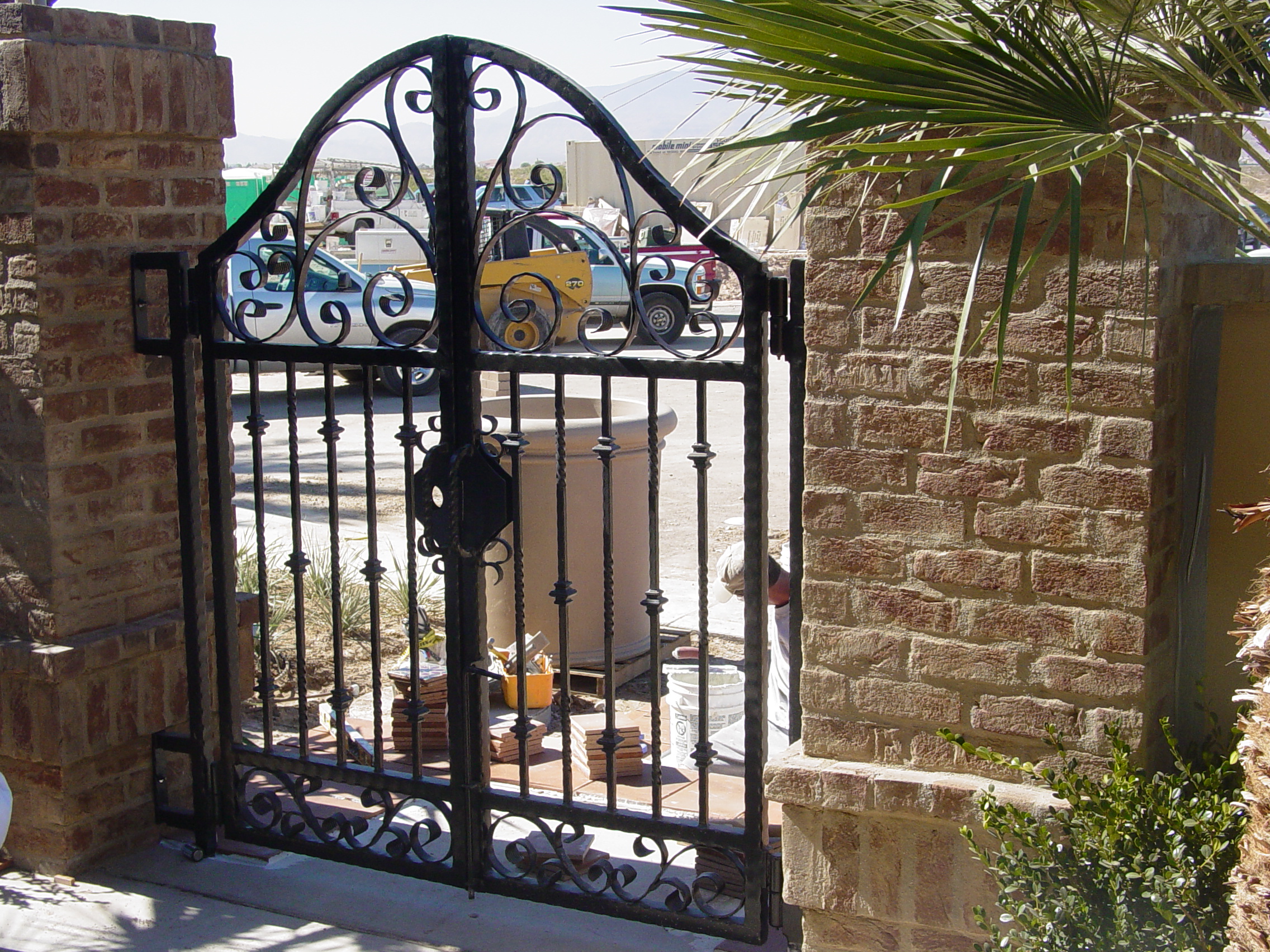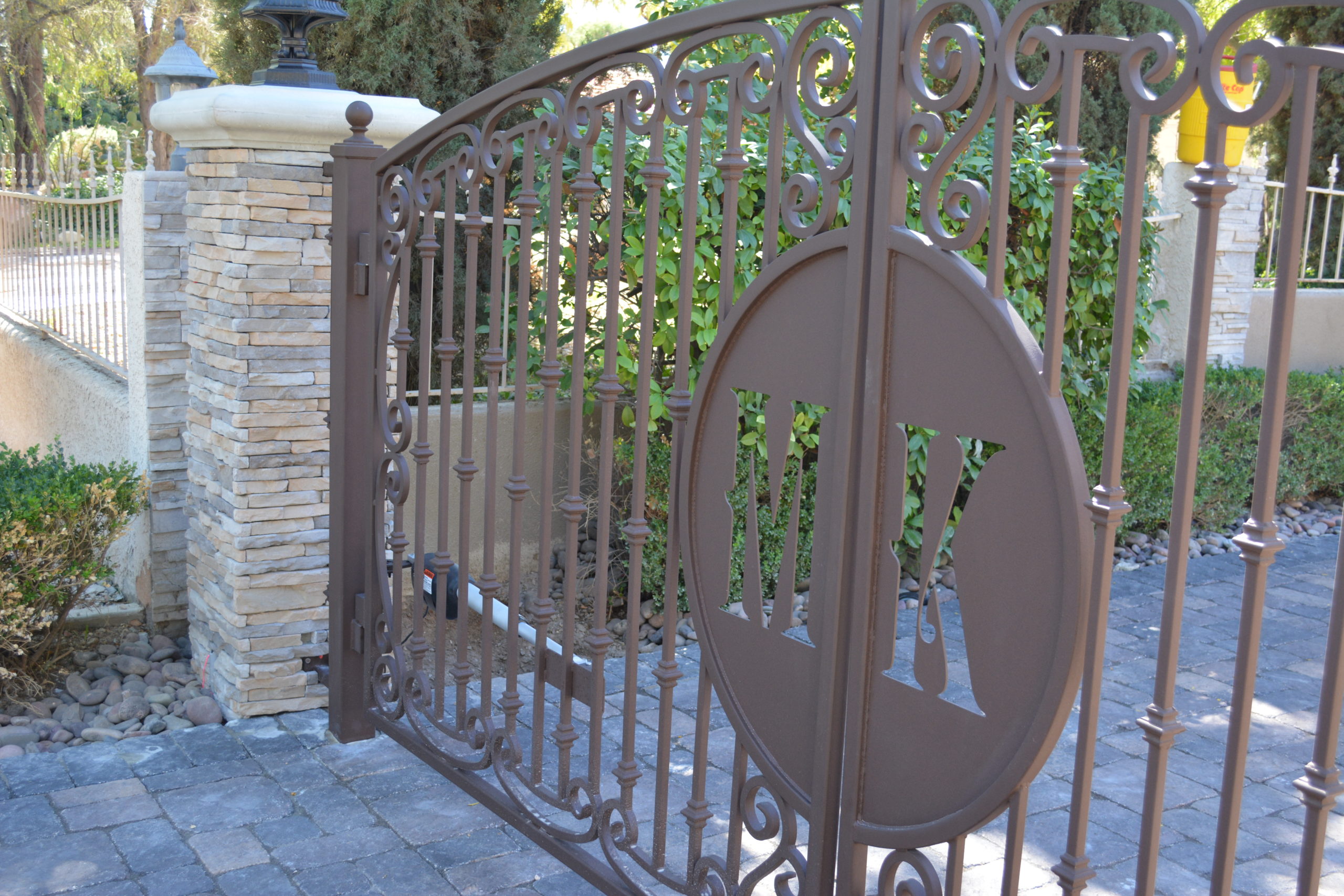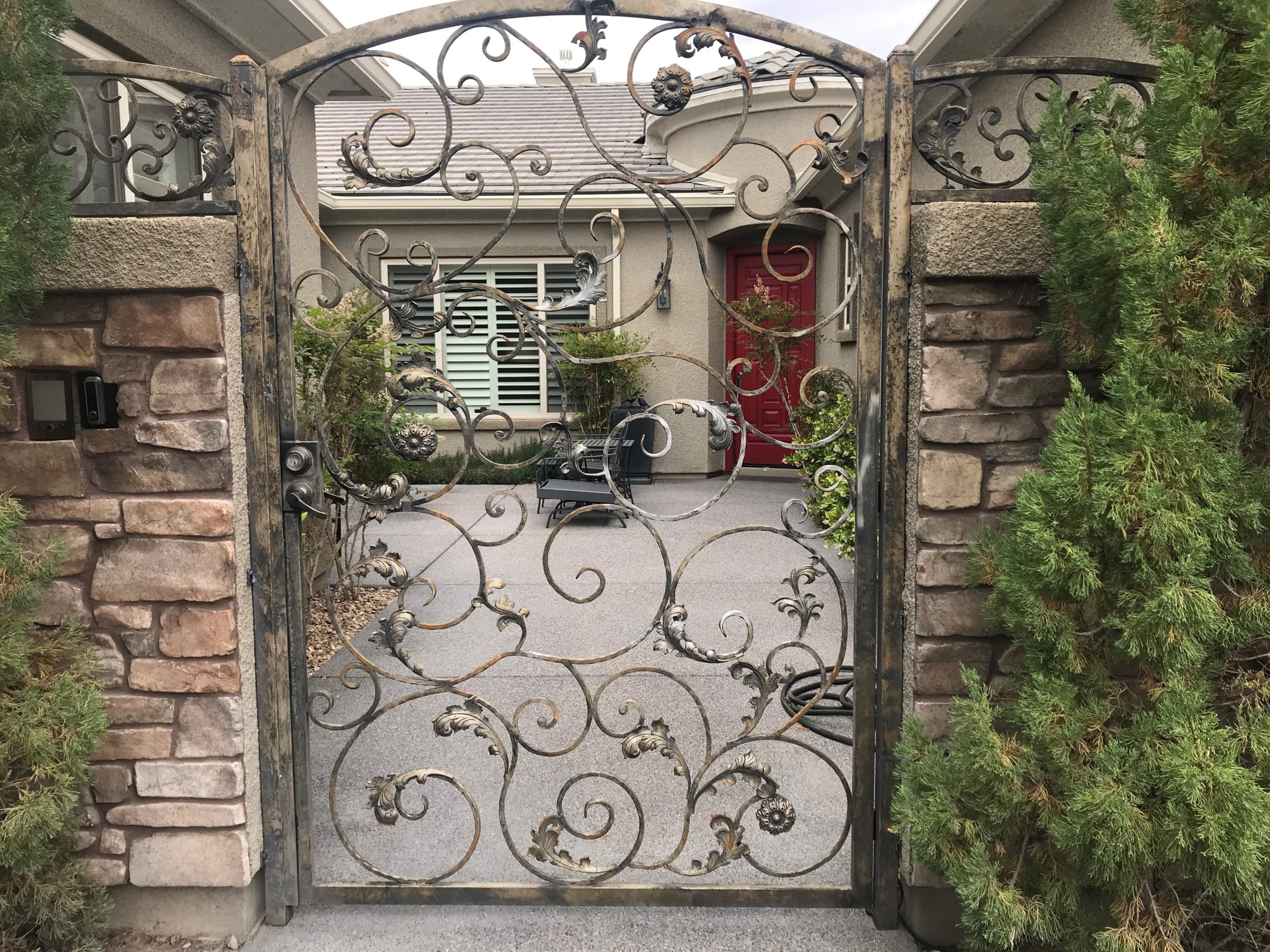
Improving Your Home Safety in Stay-at-Home Conditions
The current events have a way of bringing new things into focus. Not only has the working world been turned on its head, but the stay-at-home conditions have also highlighted new concerns around the house. Home security, for example, has never been a clearer priority. Suddenly, we are aware of both physical and viral security concerns, for both your property and your family.
Improving your home security in stay-at-home conditions involves a combination of awareness, DIY, and clever use of no-contact services. With the right steps, you can secure your yard, your front porch, and your home structure from unwanted visitors of every practical sort. As home security experts, we’re proud to offer a few smart tips to help you secure your home during these stay-at-home conditions.
Walk Your Fenceline
It all starts with a tour of your own property with fresh eyes and a new security-oriented perspective. You may already have noticed a few loose door handles indoors or a rickety fence gate, but it’s time to complete your home security to-do list with a full inventory of the state of your property. So take a walk around the house. Check every exterior door and window, Walk the perimeter of your house, looking for cracks or signs of an unsecured aperture.
Then walk your fenceline, all the way around. Go through the gate, kick your fence posts, and inspect the area underneath the fence. Build a mental list or write down a list of every possible home security concern. From there, add a wishlist of home security features you might like to add, in addition to sprucing up your current security features.
Line Social-Distancing Flowerbeds
Social-distancing is the biggest concern right now, during the coronavirus lockdown. You and the family need to be able to maintain a safe distance from your nearest neighbors, even if multiple families are outdoors at the same time. One of the best ways to do this is with social-distancing flowerbeds.
Establish flowerbeds or planters 3-6 feet out from your fenceline. If you don’t have flowerbeds yet, digging them can be a great family and.or workout activity. Then line your new flowerbeds with a half-height fence that will help your family keep a safe distance from the neighbor’s fence and prevent potential cross-contamination.
Replace Old Gate Latches
It’s also important that others not be able to enter your yard without permission. Not everyone is sheltering in place as they’ve been instructed and there is a possibility that a stranger or neighbor might break your quarantine conditions by entering your yard uninvited. In this situation, your biggest security concern is that old gate latch. It’s easy to forget your backyard gate latch in a generally safe neighborhood, but many gate latches are rusted through, stiff, and might not even latch anymore.
Replace that old latch, and possibly the entire rotted gate, with a new system made to latch and lock securely. Look for latch options that include a solid steel loop for a padlock or that include a key lock to ensure that your family is absolutely safe from unwanted backyard visitors.
Repair Broken Fence Sections
Naturally, if any sections of your fence are damaged or rotting to the point of damage, it’s time for repairs. Both wood and iron fences are installed in sections, so you can often reinforce or replace a damaged fence section with a new section or new planks.
Broken fence sections are a priority for two reasons. First is to keep out unwanted people, but second is to keep out unwanted animals. Remember that, while rare, COVID-19 can pass between dogs and people. Repairing damaged areas of your fence is vital to keeping potentially infected pets or wild life out. If you’re confident about fence repairs, you can tackle this task yourself or you can rely on adaptive no-contact fence installation and repair services to secure your perimeter professionally.
Reinforce Below the Fence
In addition to fixing broken parts of your fence, you may also want to secure the space below your fence. Neighborhood pets often have a secret superhighway underneath otherwise secure fences. That under-fence area is a space that no human but many a cat or small dog can traverse. While you may have enjoyed or ignored this passing in the past, it’s time to get secure. Because dogs can potentially pass the virus between humans, it’s vital to ensure that your yard is secure from pet escapes and uninvited furry visitors.
There are two standard ways to secure your under-fence. The first is to bury a few bricks and stack them until there’s no wiggle or dig space below your fence. The second is an additional layer of low and half-buried fence like chicken wire or specialty stakes made for the purpose.
Replace or Build a New Fence
For fences that are badly damaged, rotted, or rusted all the way around, it may be more secure to install a brand new fence. Some homes in distant suburbs may not have a fence at all to start with. Right now, having a secure fence is essential to maintaining your home and family safety. A fence, in fact, makes it safe for your family to enjoy the outdoors without worrying about the chance of encountering others.
If you do not have a fence, or your fence has been rendered too rickety to be useful, it’s helpful to know that fence installation is basically already no-contact. It happens outside your home and even your installation technicians don’t have to stand close to one another to get the job done. You can choose and have a new secure fence installed in only a few days.
Give Your Porch a Security Gate
Of course, your backyard isn’t your only home security concern. In the age of home deliveries and curbside services, it’s reasonable to be worried about accidentally passing the virus while accepting a package. That’s where a security gate can help you. A security gate secures your front door or porch. While you can build a security door right up against your front door, you could also fence your porch (or a portion of your porch) and build an iron entryway gate 6-feet safe from the front door. This ensures that all visitors and delivery services are a safe distance and you can still greet them at the door without infection risk.
Build a Front-Yard Fence
Most homes do not have a fence for the front yard, but you can. Front yard fencing can be both beautiful and secure, and it extends the quarantine-safety area where your family can relax and play without worrying about contact with the neighbors. Installing a fence around your front yard protected by a security gate opens up a whole new world of sprinkler play and even safely toasting your neighbors across the street with the confidence that people and germs simply can’t cross your property line.
Just be sure that if you secure your front yard that there’s a path, entry, or curbside alternative for delivery services.
Call AR Iron for Secure, No-Contact Security Iron Services
Many of the ways to improve your home security in stay-at-home conditions can be done on your own, with a few supplies and a little elbow grease. However, for the big jobs like fence installation and new security gates, we can help. AR Iron is proud to offer safe, no-contact iron security services. We can help you design iron fencing, gates, and security doors that will ensure your home remains secure throughout the lockdown and years into the future. From elegant minimalism to personalized cut iron pieces, let us be your go-to solution for home security as we weather this pandemic together.

